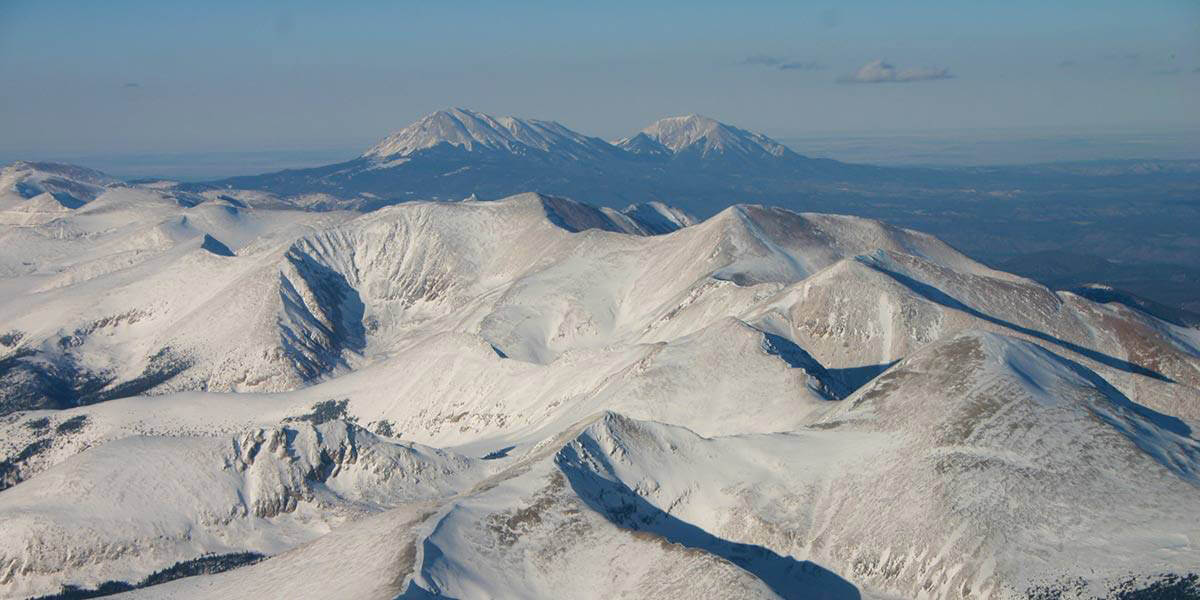Cielo Vista Ranch is committed to preserving the pristine mountain wilderness and natural, untamed beauty of the Culebra Watershed.
Spanning over 83,000 acres, Cielo Vista Ranch hosts elevations from 8,000 to Culebra Peak’s 14,053 feet.
As stewards of this land, we are dedicated to leaving a minimal human footprint upon it, and are constantly looking to implement best practices in terms of controlled burning, protecting natural habitats, monitoring wildlife and otherwise maintaining our delicate, rich ecosystems.
Cielo Vista enjoys an abundance of critical riparian habitat throughout its numerous high country lakes and 100-plus miles of creeks and streams. A magnificent old-growth forest canopy covers approximately 80% of the land. Cielo Vista contains 130 square miles of diverse topography balanced between four distinct life zone ecosystems:
 8,000-ft: Foothills/montane shrublands
8,000-ft: Foothills/montane shrublands
This lowest, and westernmost zone of Cielo Vista Ranch rises from the semidesert shrublands of the San Luis Valley. This ecosystem is characterized by low rolling hills covered with Ponderosa and pinon pine, juniper woodlands, open sage/grassland flats, and gambel oak. This life zone offers critical winter habitat for a variety of mammals including elk and mule deer.
 8,000 – 10,000 ft: Montane forests
8,000 – 10,000 ft: Montane forests
Cielo Vista’s montane forest ecosystem dominates the lower-middle quarter of the ranch and is characterized by dense mountain forests of aspen, fir, spruce and ponderosa pine interspersed with small ponds and grassy meadows. Cielo Vista is home to some of the largest aspen stands in the world. Extraordinary old-growth coniferous forests here include Colorado Spruce, Ponderosa Pine, white fir and Douglas Fir, many of which reach heights in excess of 200’ and age between 500 and 1,000 years. This ecosystem provides critical spring, summer, and fall habitat for a variety of large mammals, including elk, mule deer, bear, and mountain lion. Notable small mammals include lynx, bobcat, coyote, red fox, American Marten, and snowshoe hare.
 10,000 – 11,500 ft: Subalpine
10,000 – 11,500 ft: Subalpine
Cielo Vista’s upper/middle quarter subalpine ecosystem stretches from the upper edge of the montane forest to the lower edge of the timberline, or alpine ecosystem. Summer in Cielo Vista’s subalpine zone is blessed with a beautiful canvas of wildflowers, including Rocky Mountain Columbine, Indian Paintbrush, Wild Iris, Larkspur, and Parry’s Primrose, among others. This life zone provides critical year-round range for healthy populations of Rocky Mountain Bighorn Sheep, and spring-fall range for a variety of other large mammals, including elk, mule deer, bear, and mountain lion. Notable small mammals include lynx, ermine, yellow-bellied marmot, and pine marten.
 11,500 – 14,053 ft: Alpine
11,500 – 14,053 ft: Alpine
One of the unique and most compelling aspects of Cielo Vista ranch is its abundance of deeded alpine country, including the imposing 14,053’ Culebra Peak. There are 18 peaks on the ranch with elevations in excess of 13,000’, and numerous 12,000’+ peaks. This imposing chain of rocky peaks, for which the ranch is aptly named Cielo Vista, or “view of heaven,” dominates the eastern quarter of the property. This is not a “backdrop.” This is the property itself.






